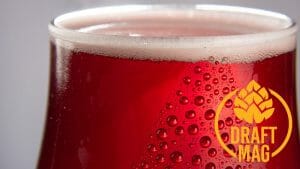Beer Malt Types: A Comprehensive Guide on the Roots of Beer
Beer malt types are responsible for giving any beer its unique taste, color, and foam. In this complete guide, we will explore the different types of malts.
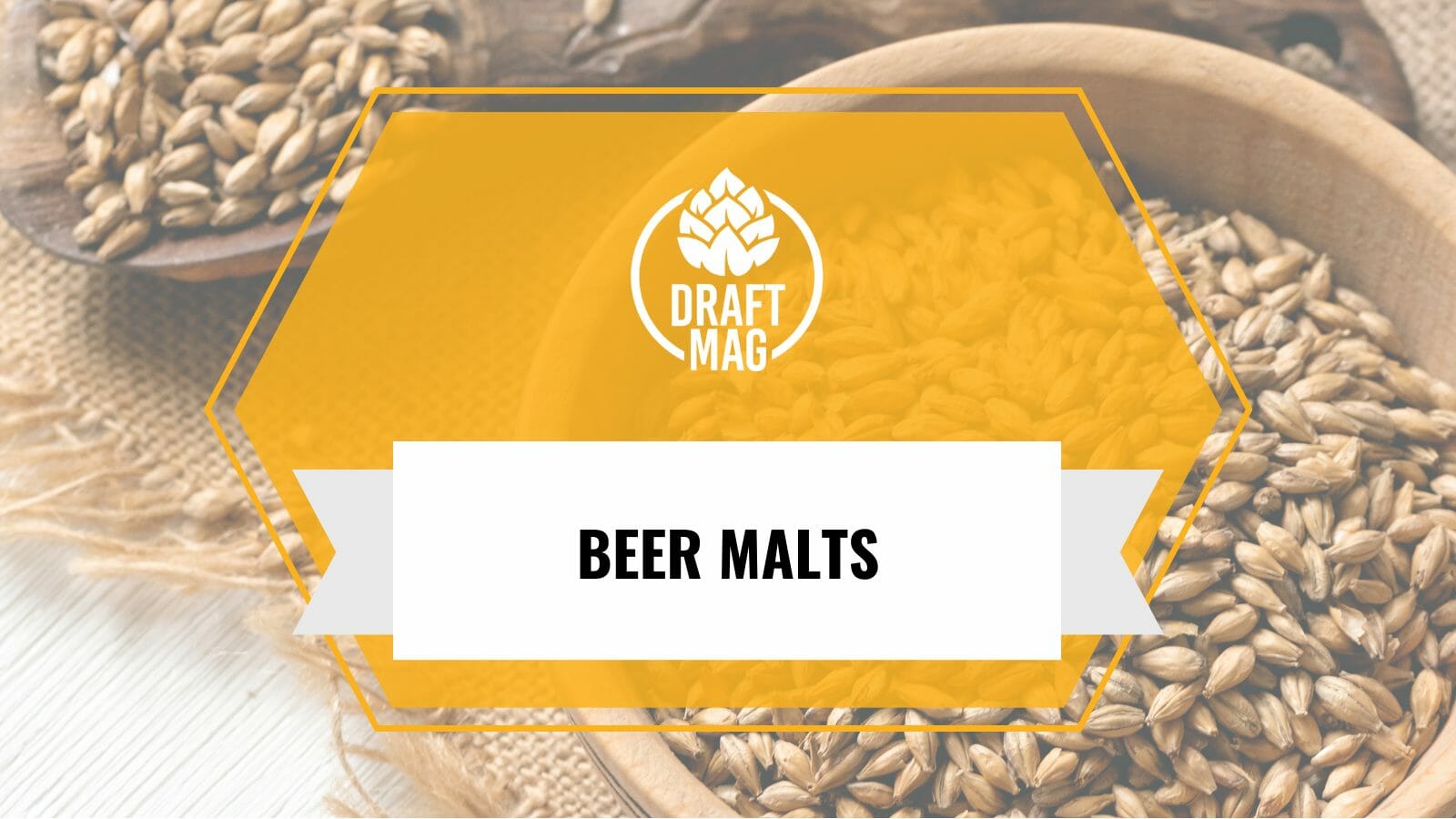
From the lightest to the darkest malts, you’ll explore all their nuances so you can make an informed decision on the best one to use.
Best Beer Malt Types From Around the World
There is no single type of beer that can be called “the best” because it depends on a variety of factors, including what specialty malts are used in making it. However, there are certain beers that are more popular than others due to their unique flavors and characteristics.
The quality and characteristics of the base malt make all the difference, so let’s take a much closer look at some of the malt varieties:
– Pilsner Malt 2 L
It is also known as lager malt, as this is the most common type of malt used to produce quality lagers. This malt contains a lot of enzymes and features particular sulfur flavors that are often exclusive to pale lagers.

Pilsner malt adds only a little aroma and color on its own compared to regular base malts. Therefore, it becomes highly beneficial when the brewer wants to achieve other distinct flavor profiles.
The measurement “2 L” likely refers to the Lovibond scale, which is a measure of the color of malt or grain. On the Lovibond scale, 2 L is a very pale color, similar to straw.
– Pale Ale Malt 3L
Pale ale malt 3L is a beer malt type popularly used to give the beer a light and smooth taste. In the brewing process, this malt is often combined with other malt types to add desired color, aroma, and flavor to the craft beer.
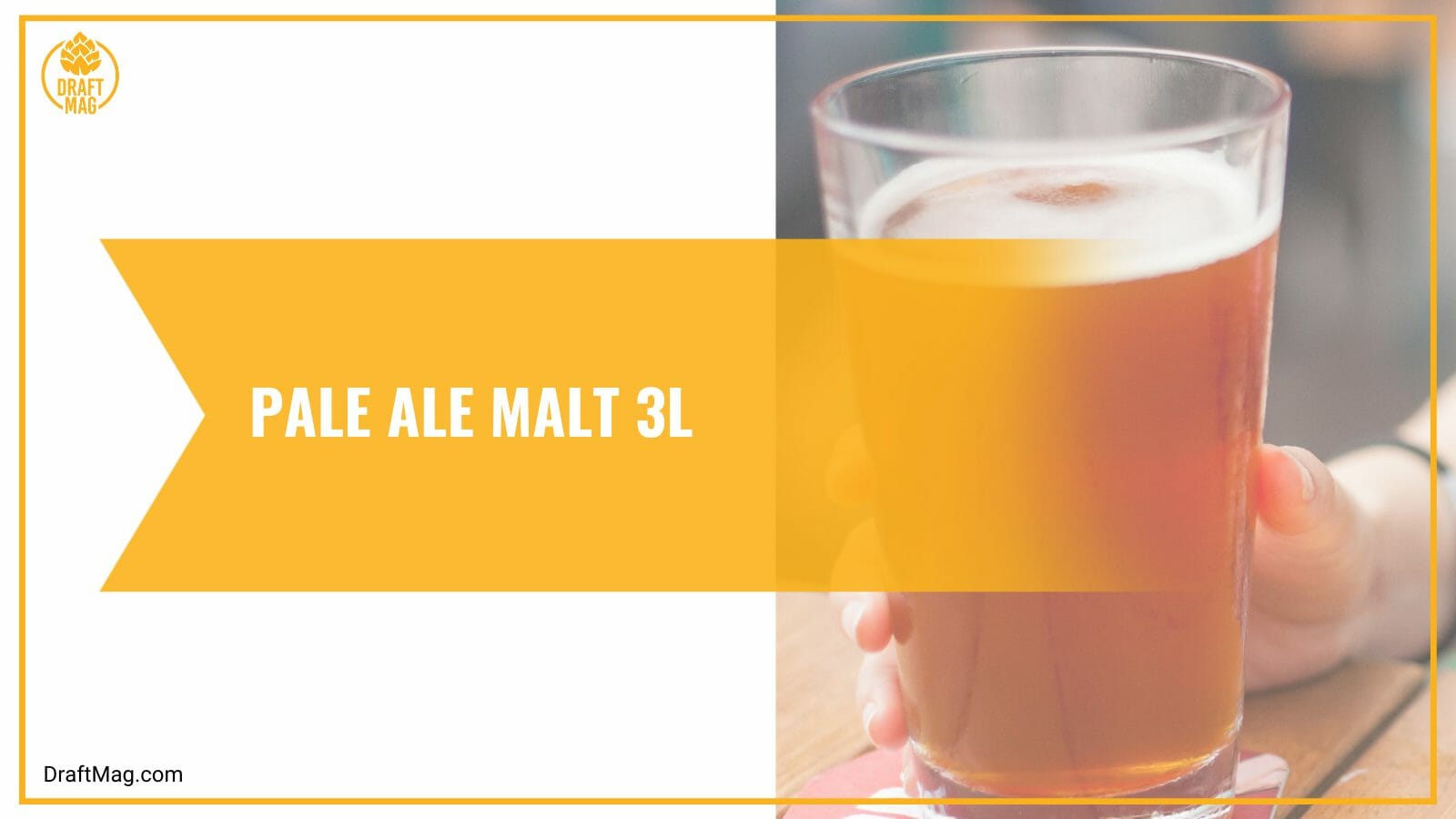
This light malt provides a crisp, light flavor with a hint of sweetness. It is a great choice for brewing pale ales, lagers, IPAs, and stouts. It has a low protein content and a high degree of enzymatic activity, making it perfect for a wide range of beer styles.
– Mild Ale Malt
Mild ale malt is a type of barley malt that is very popular in the brewing industry. It is used in various beer styles, including ales and lagers. Mild ale malt is lightly kilned, which gives it a light color and flavor that is slightly sweet and nutty.

Mild ale malt is typically used in lower gravity beers such as mild ales, porters, and stouts. This malt can also be used in higher-gravity beers to add complexity and depth to the flavor profile.
– Vienna Malt
This unique type of malt used in brewing originated in Vienna, Austria. It has a signature deep amber color and a toasty, malty flavor, making it an essential ingredient in many beer styles. It’s also perfect for making dark lagers, stouts, and porters.

This malt has quite a unique aroma, with hints of dark fruits, toasted bread, and cocoa. Not only does it add a depth of flavor, but it also gives the beer a beautiful, golden hue. It’s a versatile malt and can be used as the base malt for any light and dark beer.
– Munich Malt
Similar to Vienna malt, Munich malt is also characterized by high-temperature kilning, but it has a more robust flavor and aroma. Its main contribution to the final product is a sweet, fruity taste similar to chestnuts.
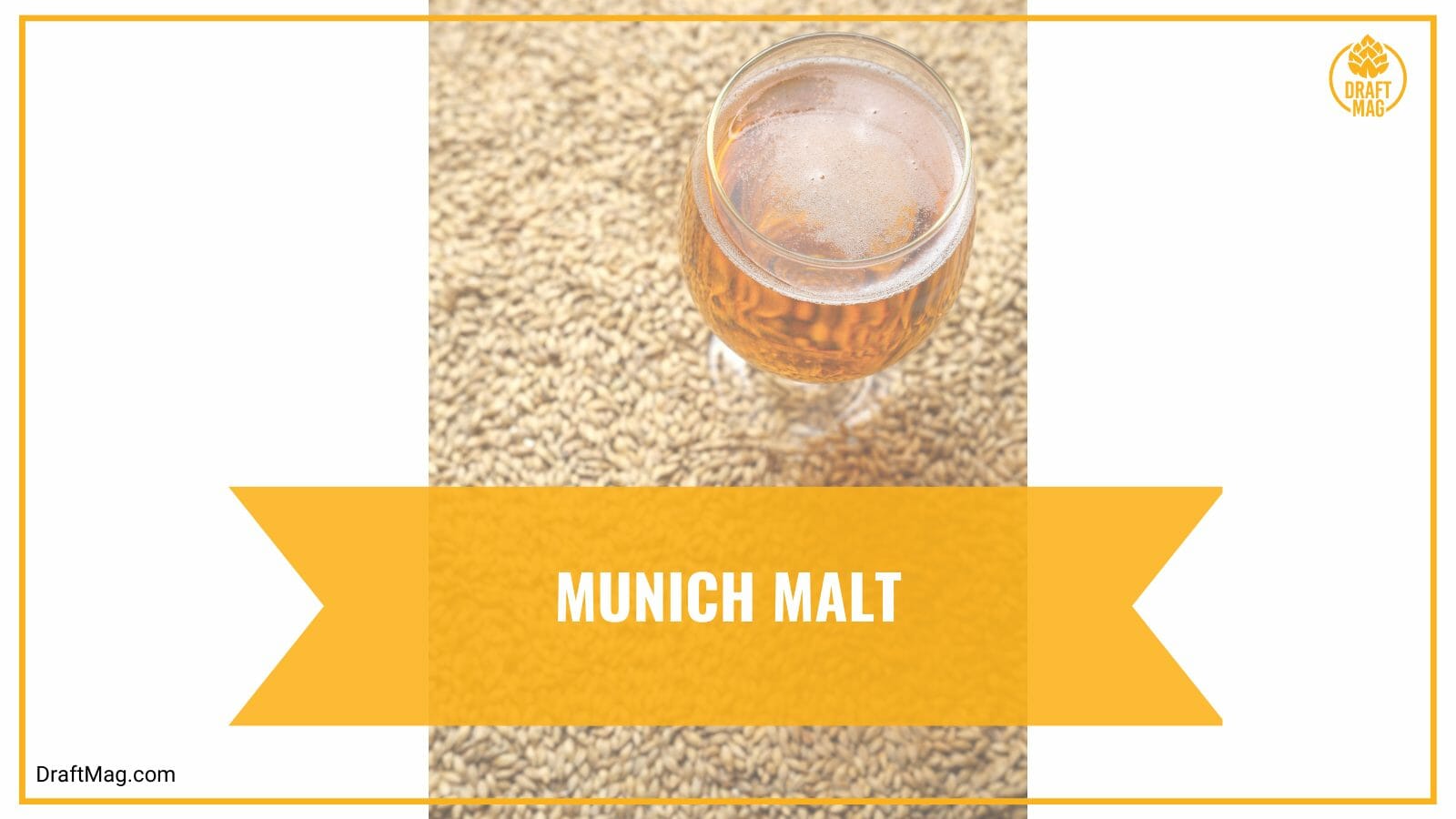
The malt is named after the capital of Germany — Munich.
– Wheat Malt 3 L
Wheat malt is a special type of base malt used for producing lagers, mainly German styles of beer. It is frequently used in combination with pale malt to create a light golden lager.

This malt is also very easy to work with, cost-efficient, and consistent, so it is widely used worldwide.
– Rye Malt 3 L
Rye malt is a type of malt made from rye grains that is primarily used in the production of beer and whiskey. The unique flavor and aroma of the malt come from the presence of enzymes in the rye grains.
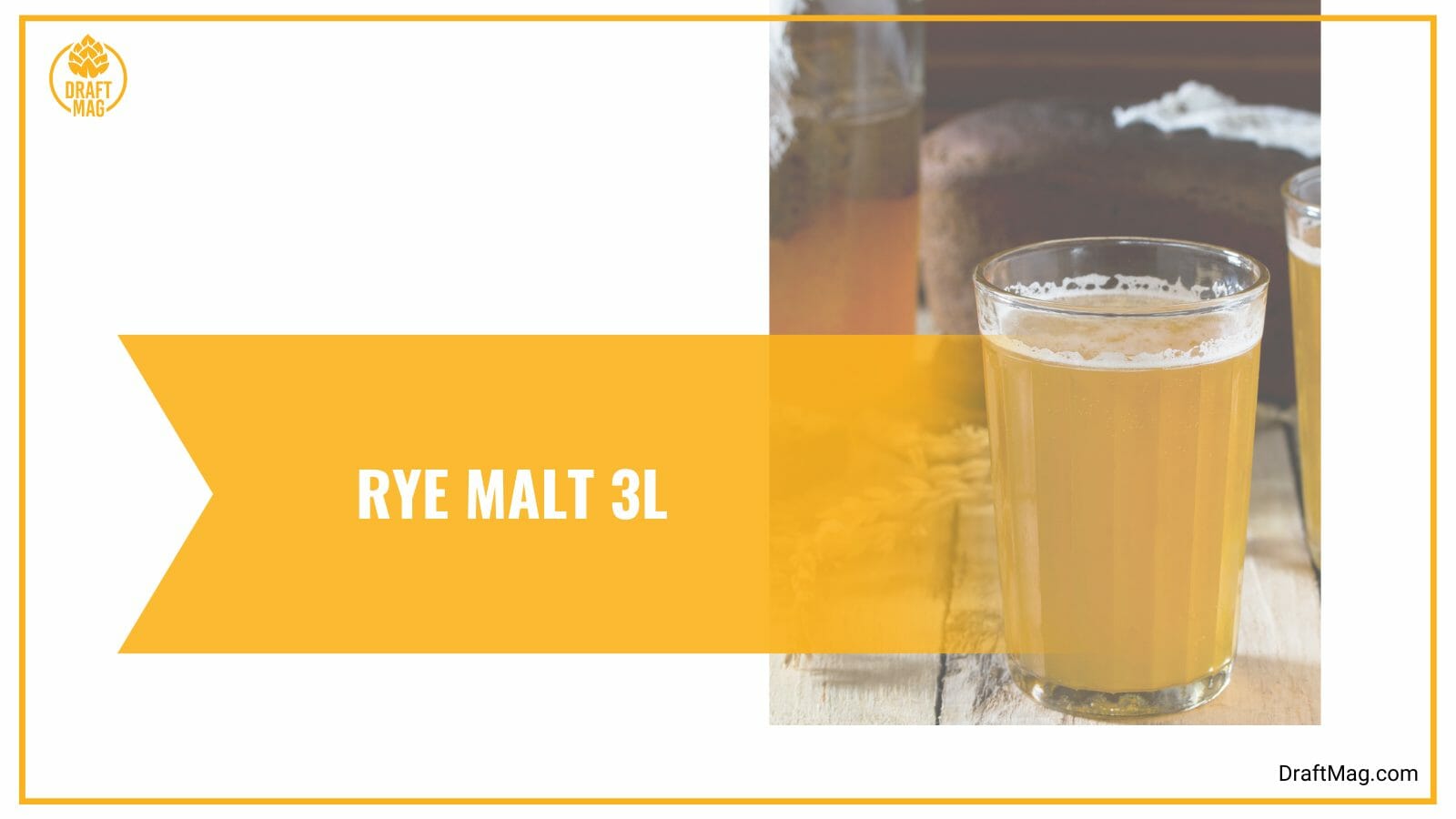
The enzymes break down the starch conversion in the grains, creating a fermentation process that gives rye malt its distinctive flavor. The malt creates a robust, full-bodied flavor that adds complexity and depth to the flavor of the beer or spirit. Rye malt is used in a variety of beer styles, including stouts and porters, as well as in whiskey production.
– 2-Row Pale Malt
2-Row Pale Malt is a staple ingredient in many beers, and with good reason. This row malt is a light-colored base malt made from two-row barley. It is known for its light color, light body, and sweet flavor, making it best for casual drinkers.
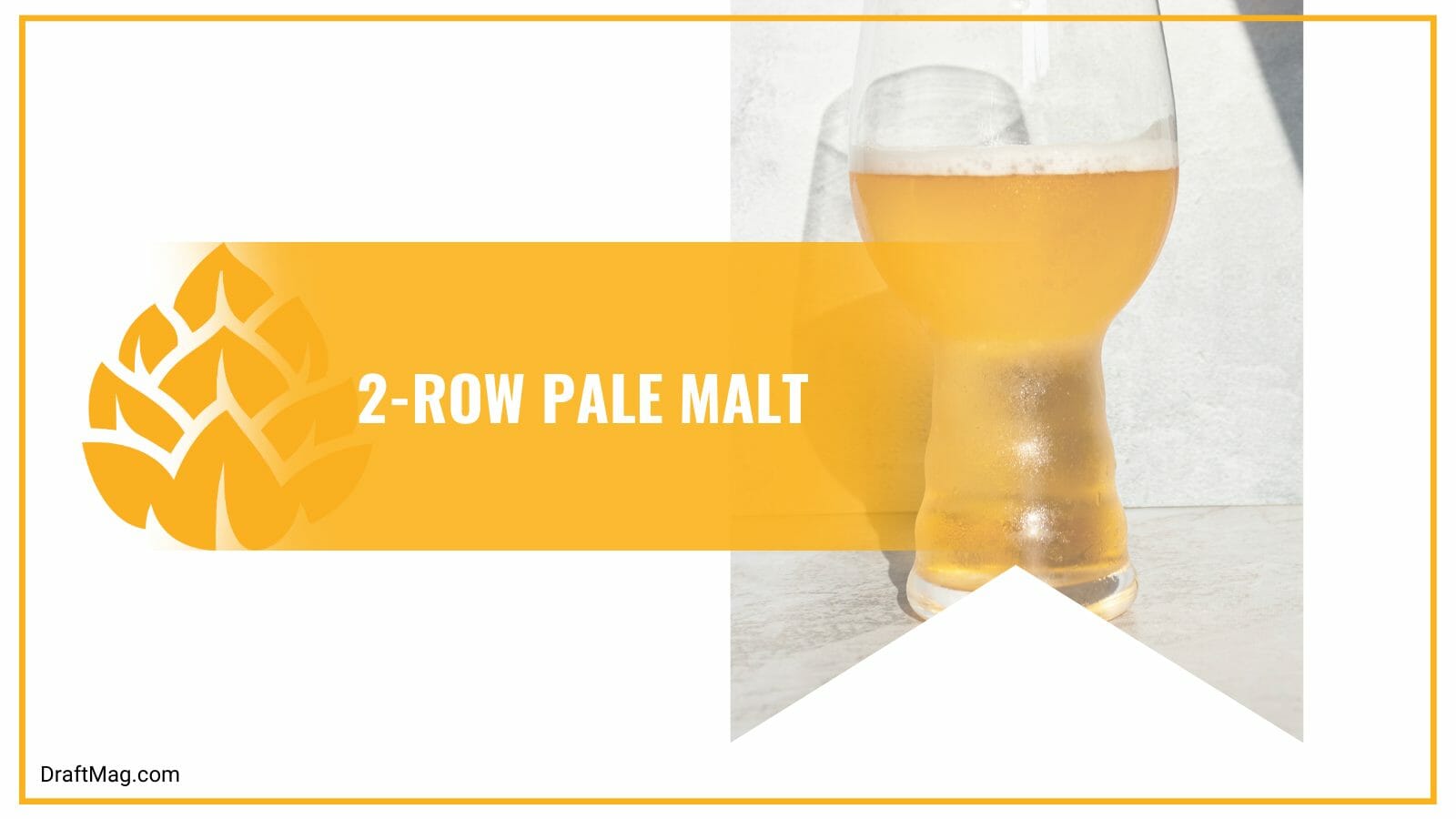
2-Row Pale Malt is highly fermentable and provides a great foundation for a wide variety of beer styles. It’s also a great choice for home brewers, as it is cost-effective and easy to work with. This type of malt is used in a variety of brewing styles including pale ales, IPAs, stouts, porters, and more. It can also be utilized as a base for specialty beers like Belgian ales and wheat beers.
– Brown Malt
Brown malt is the green malt that is roasted a bit longer than usual to give a bitter roasted flavor to the beer. This specialty malt can be used to impart a deep brown color to the beer, and it is usually used in combination with pale malts, especially chocolate malts.
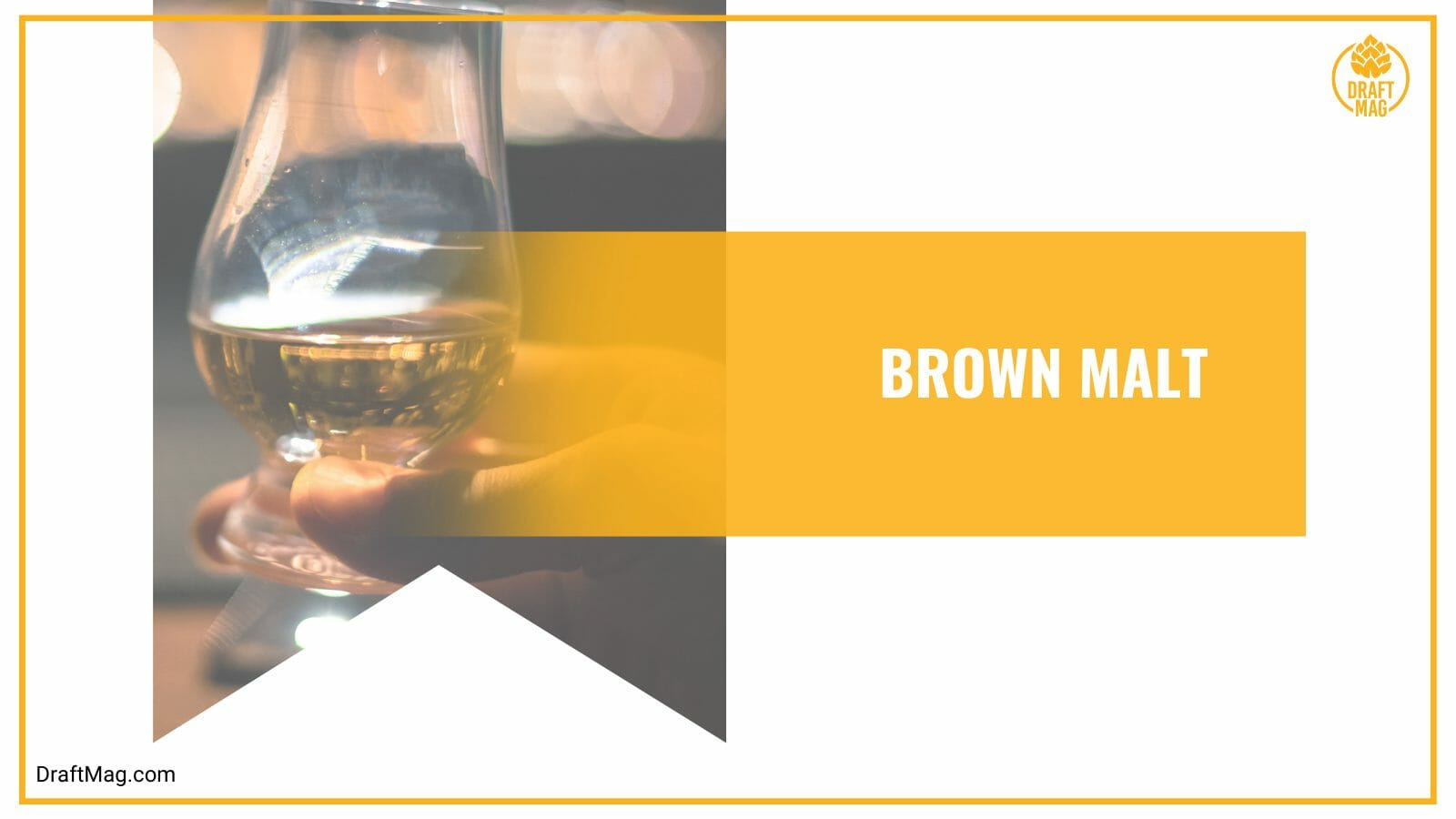
This malt is very common in dark beers such as stouts.
– Chocolate Malt
With a rich, chocolatey flavor, this specialty malt is used in conjunction with both base and other specialty malts to increase the beer’s complexity and give it a unique and delicious taste.
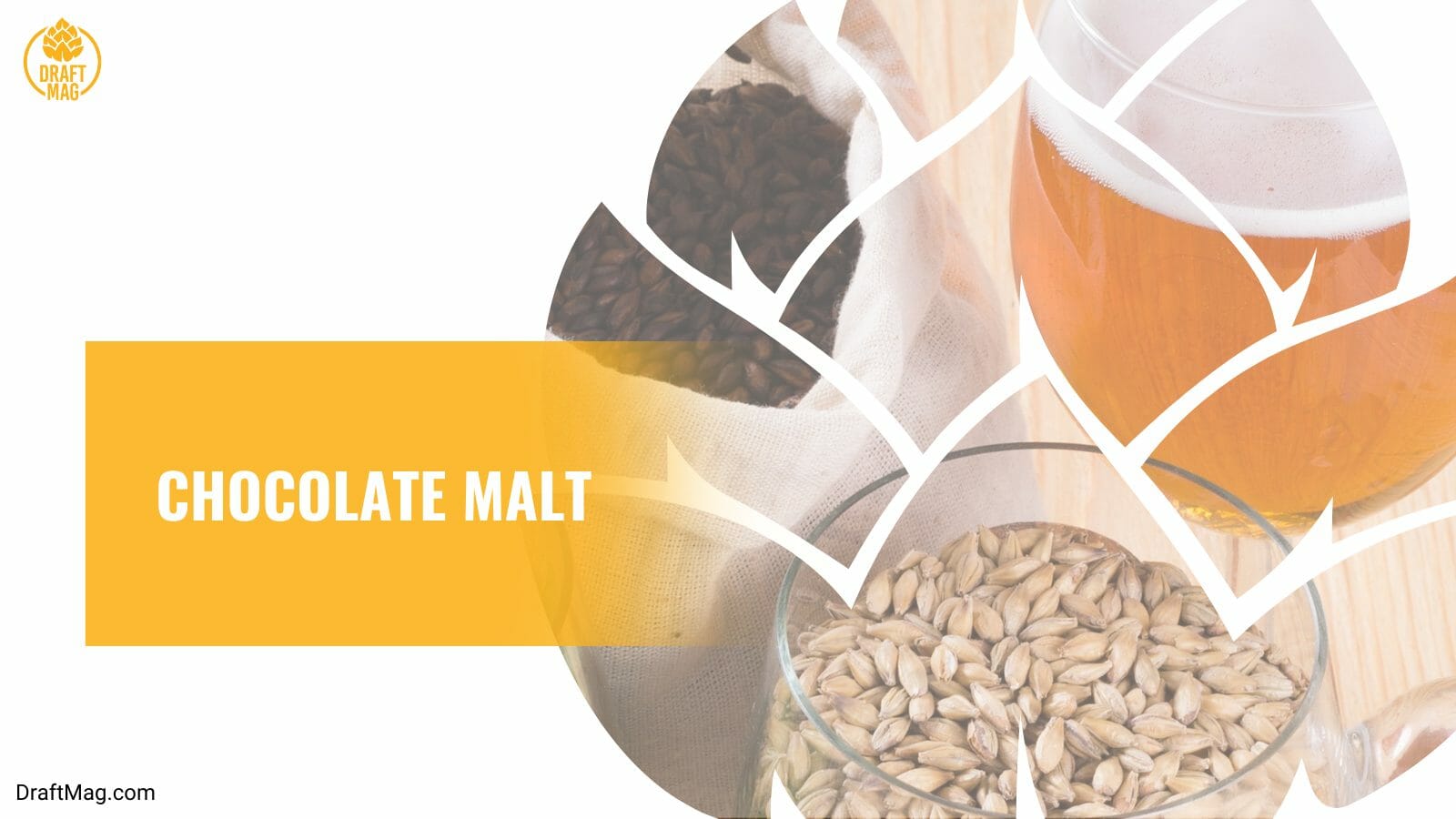
Although this malt gives the beer a taste similar to cocoa or coffee, it does not have chocolate in it.
– Black Patent Malt
Black Patent Malt is most commonly used in the brewing of stout beers. It has a deep black color and is made from roasted barley that has been roasted at high temperatures, giving it a unique, roasty, and slightly sweet flavor.
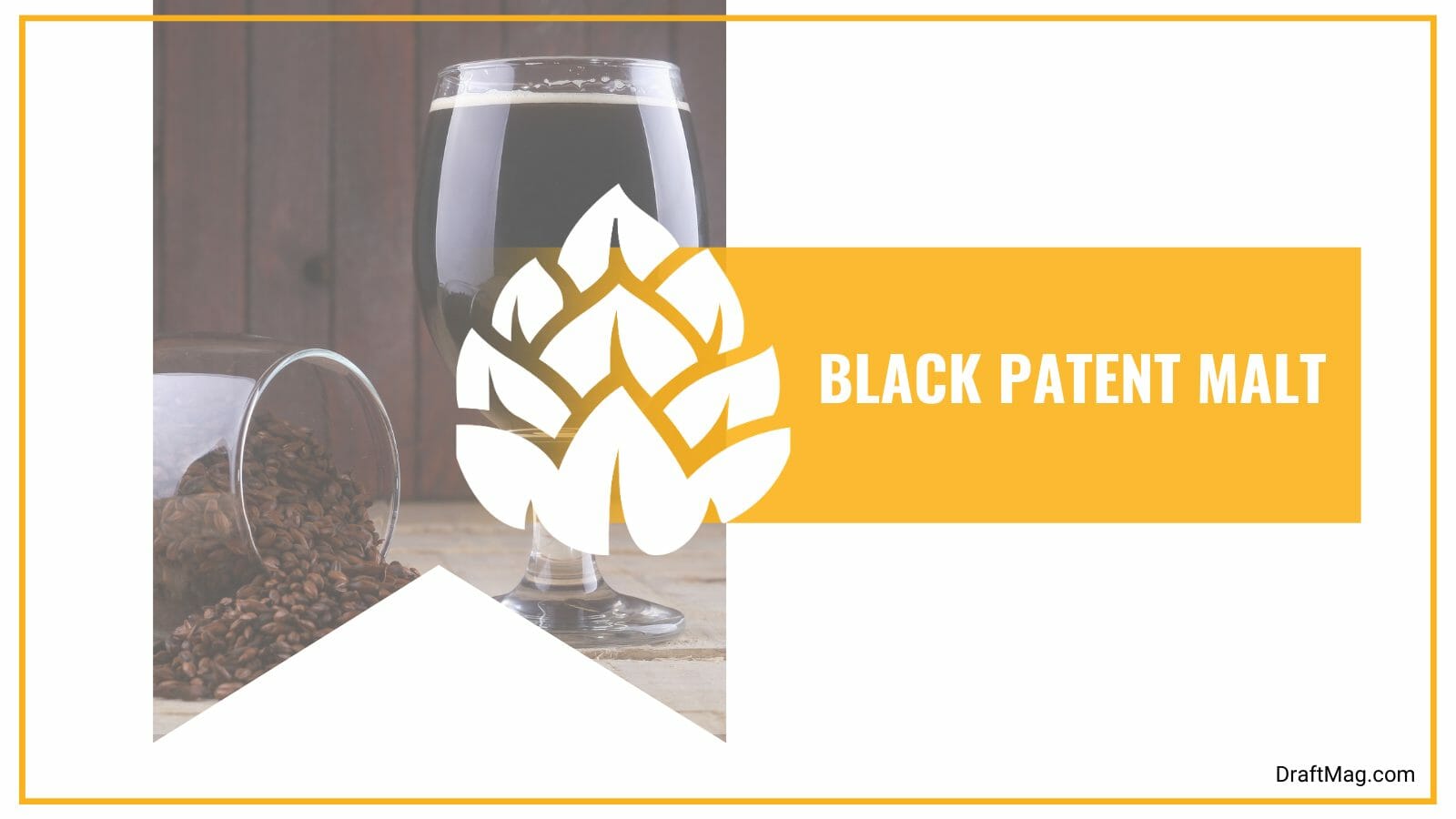
Black Patent Malt is typically used in a small percentage of the grist; usually no more than 5 to 10 percent, to give a robust flavor to the beer. It adds a strong roasted character to the beer and a dark color that ranges from deep brown to black. Some brewers also use it to add a hint of coffee or chocolate flavor.
– Biscuit Malt 25 L
Biscuit Malt 25L is the perfect choice for homebrewers looking to add a little extra complexity to their beer. This malt is made from a blend of roasted barley, biscuit malt, and wheat, resulting in a unique, toasty flavor.

Combining the three malts creates a depth of flavor you won’t find in other beers. The biscuit malt also adds a nice, malty sweetness and a golden hue to the beer.
– Victory Malt 25 L
Victory malt is one of the most popular beer malt types due to its unique flavor and versatility. This malt is lightly kilned malt and produces a smooth, malty flavor that works well with a lot of differen beer styles.
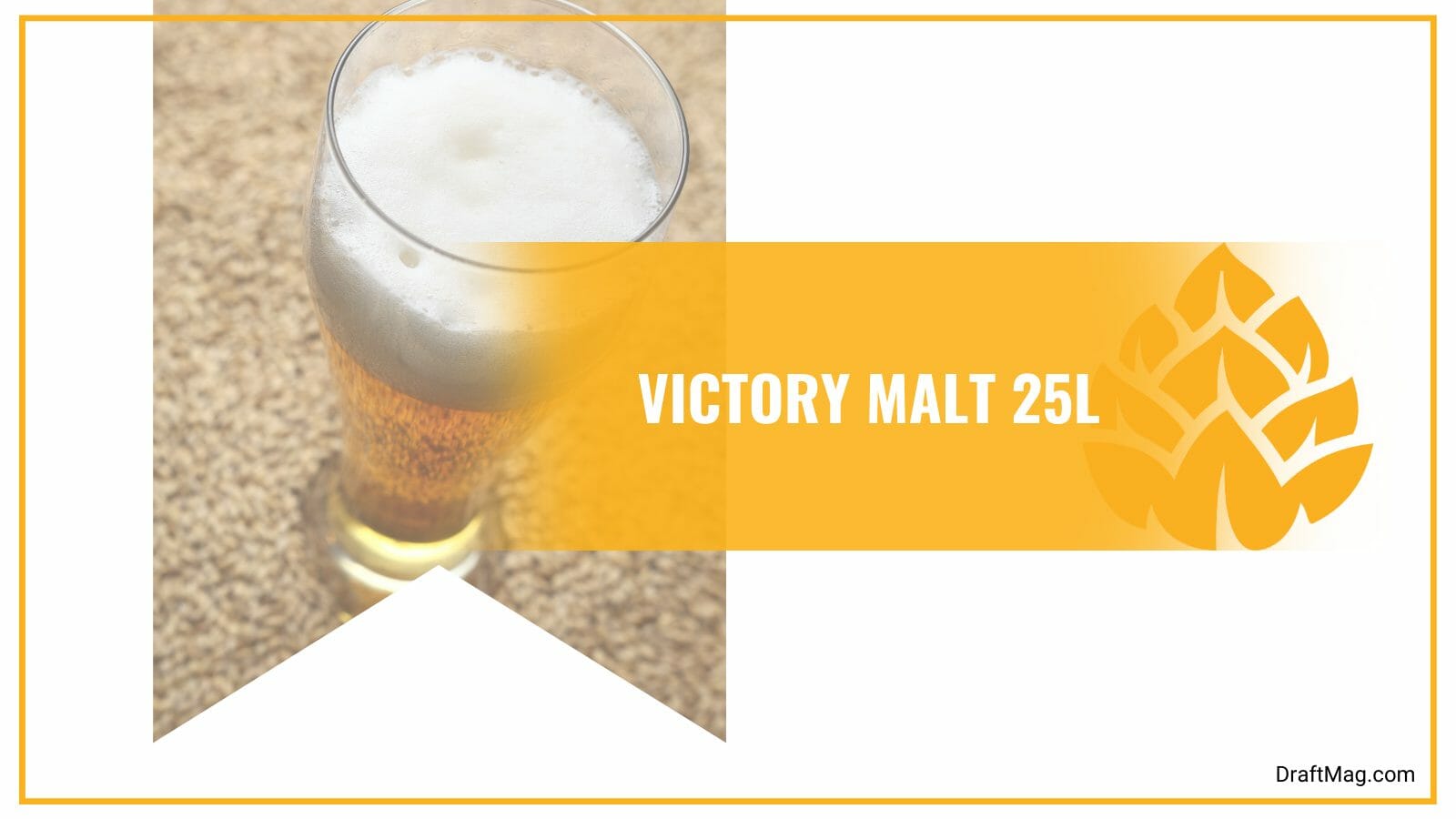
Victory malt 25 L adds a light color to the beer and is often used to add a touch of sweetness. It is also highly recommended for darker styles such as porters and stouts. Since it adds a subtle sweetness, it helps balance the bitterness of the hops and dark malts. Victory malt is an excellent choice for those looking for an interesting flavor profile and a unique twist on their favorite beer styles.
– Dextrin Malt 3 L
This malt is used to enhance the beer’s foam and head retention and give the brew a creamy body. This can be used in combination with other base malts to improve the mouthfeel.
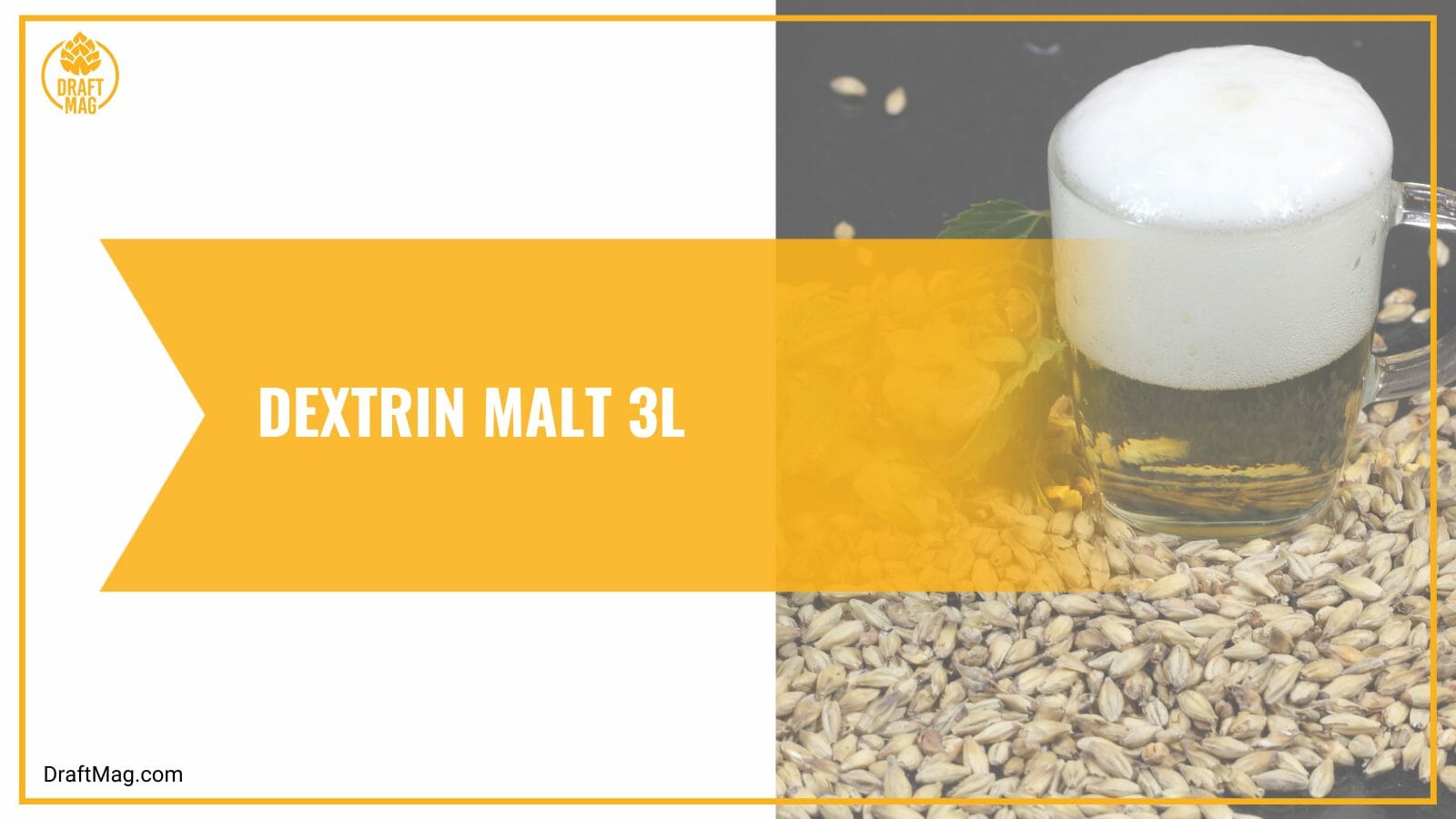
Dextrin Malt doesn’t usually add any overpowering color or aroma to the already-existing profile of the beer.
– Caramel and Crystal Malts
Crystal and Caramel malts are two popular ingredients used in beer brewing. Caramel malts impart a sweet, caramel-like flavor, while crystal malt imparts a light, biscuity flavor. These malts are typically made from barley that has been roasted at high temperatures and then ground up into a powder.
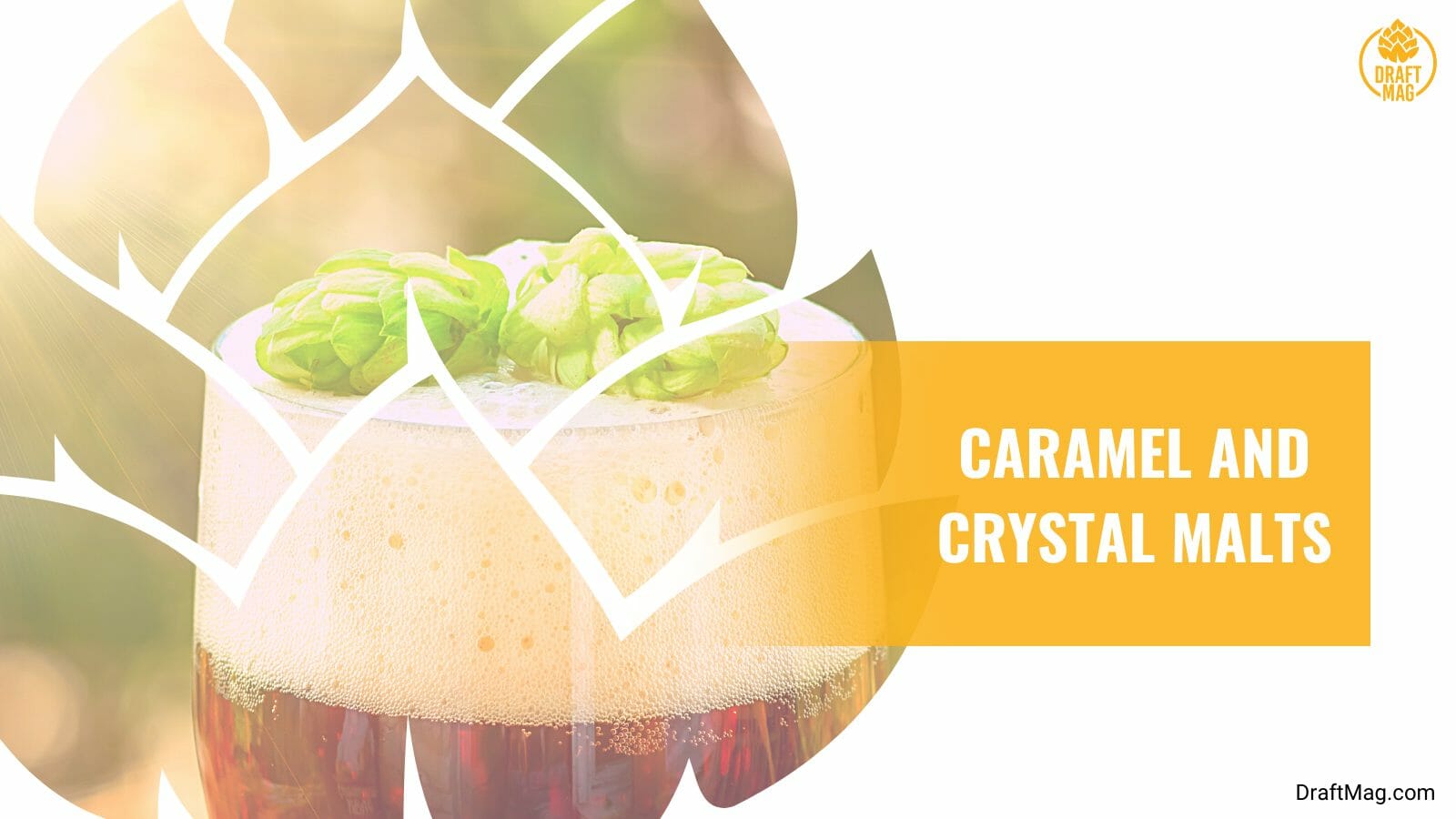
The roasting process brings out the sugars in the barley and gives the malt its distinctive flavor. Caramel malt is usually used in dark beers, while the crystal is used in lighter beers. Both types of malt can also be used in combination with others, such as malt beer, to create complex and interesting flavors. When used correctly, both these malts can add depth and complexity to your beer, resulting in a delicious, unique brew.
Conclusion
Depending on your tastes, you may want to experiment with various beer malt types to find the perfect balance between base and specialty malts.
However, before you choose a particular malt, keep the following in mind:
- Base malts are inexpensive and are mostly used in larger batches, so they are ideal for experimentation and small-batch brewing.
- Be careful when using specialty malts; they can easily overwhelm the rest of the flavors in a beer and cause the overall flavor to become too intense.
- Choose a base malt that matches the flavor profile you are trying to achieve, as this will make the malting process of working with specialty malts much easier.
- Try using different types of base malts in place of one another. This can help you learn about the versatility of different types of malts and can even result in discovering new flavors.
Remember that having access to the best ingredients is the key to producing the perfect beer. Whether you want to make a pilsner, a stout, or a pale ale, using the proper base malts and specialty malts will help you brew a beer that tastes just right.



